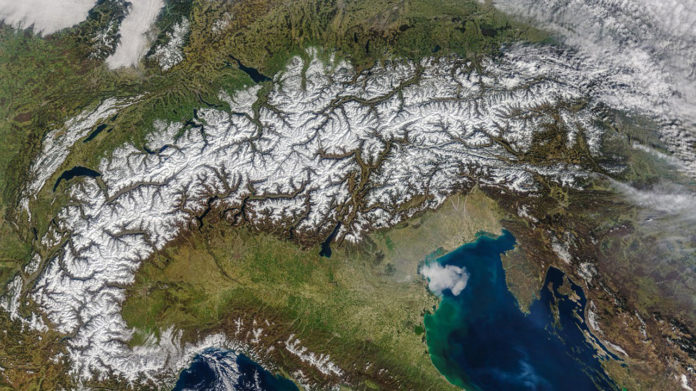Gas exchange across the air-water interface drives the flux of climate-relevant gases and is critical for biogeochemical processes in aquatic ecosystems. Despite the presence of mountain streams worldwide, we lack a basic understanding of gas exchange through their turbulent surfaces, making global estimates of outgassing from streams and rivers challenging to constrain.
In a new study, scientists at EPFL combined original estimates of gas transfer velocities from tracer gas additions in mountain streams with published data to cover streams differing in geomorphology and hydraulics. This is the first large-scale study of the CO2 emissions of mountain streams and their role in global carbon fluxes.
The study suggests that mountain streams have a higher average CO2 emission rate per square meter than streams at lower altitudes. It is because the additional turbulence caused the water to flow down mountain slopes. If these streams make up just 5% of the global surface area of the fluvial networks, they likely record for 10% to 30% of CO2 emanations from these systems.
For this study, scientists collected big environmental data from the streams draining the world’s main mountain ranges, specifically focusing on their hydrologic and geomorphologic properties as well as on the soil organic carbon content within the catchments. Then they used these big data to develop a model to estimate the natural CO2 emissions from more than 1.8 million mountain streams worldwide.
Tom Battin, the head of SBER and the paper’s corresponding author said, “Our latest findings now open up exciting new research avenues, such as to better understand where all that CO2 comes from and how we can more accurately account for the world’s alpine regions in our assessments of the global carbon cycle.”
The study also indicates that the CO2 comes from geological sources, given that carbonate rock dominates geology in numerous regions around the world. These rocks were formed from “skeletal” components of marine microorganisms that lived millions of years ago when oceans mostly covered Earth.
According to Battin, additional measurements in mountain streams around the world are required to constrain uncertainties better. Furthermore, long-term monitoring of carbon fluxes in mountain streams is critical to understand how climate change affects their biogeochemistry.
“We are just starting to discover the role of mountain streams for the global carbon cycle. These are exciting times for environmental sciences.”
